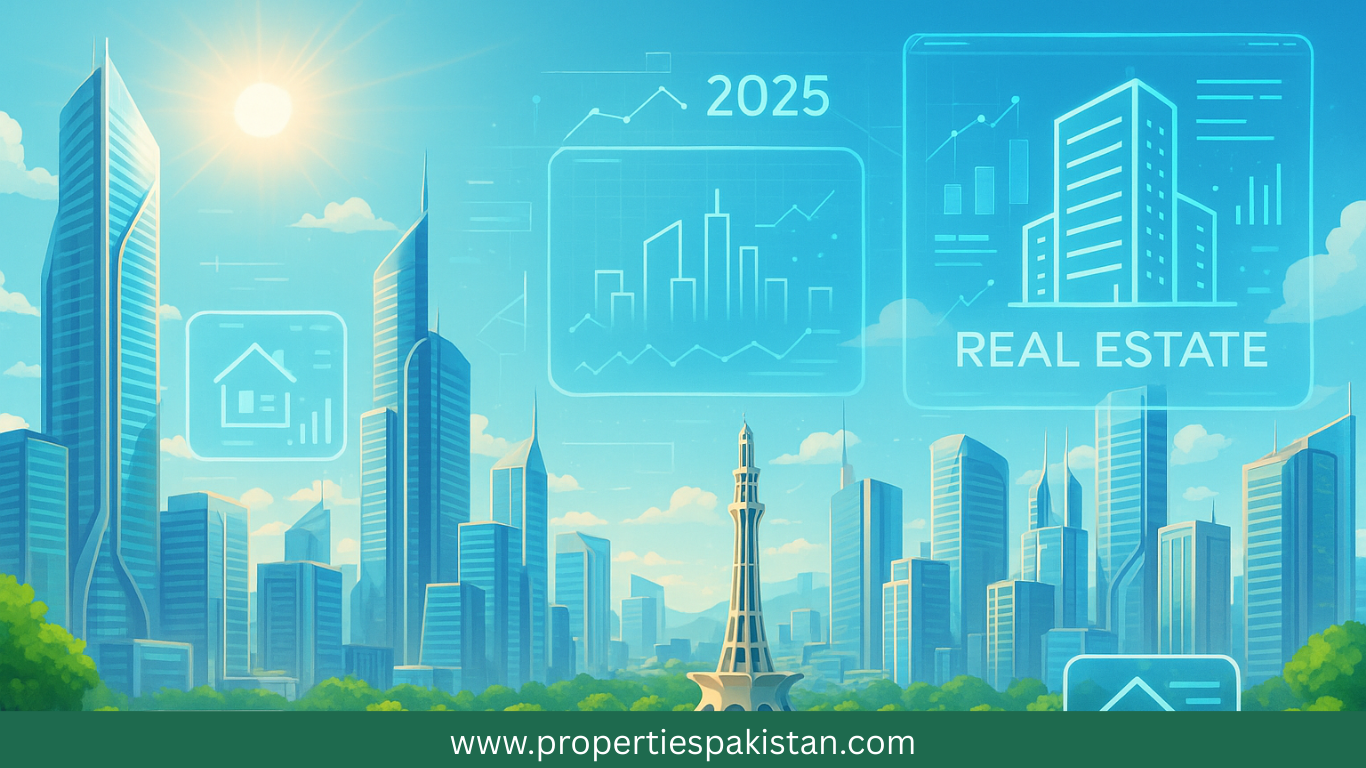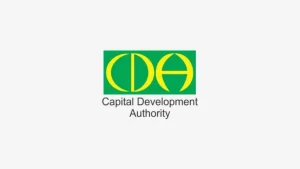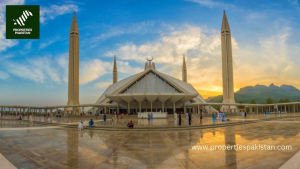As Pakistan’s real estate market evolves, 2025 emerges as a pivotal year marked by technological advancements, urban expansion, and shifting investor preferences. For stakeholders, understanding these dynamics is crucial for capitalizing on emerging opportunities.
1. Urbanization and Infrastructure Development
Pakistan’s urban population is projected to surpass 50% by 2025, intensifying demand for housing and commercial spaces in cities like Karachi, Lahore, and Islamabad. Infrastructure projects, notably the China-Pakistan Economic Corridor (CPEC), are enhancing connectivity and boosting property values in adjacent areas.
2. Affordable Housing Initiatives
Addressing the housing deficit, government-backed programs like the Naya Pakistan Housing Program (NPHP) aim to provide affordable homes to low- and middle-income groups. Developers are increasingly focusing on cost-effective housing solutions in suburban regions to meet this demand.
3. Technological Integration in Real Estate
The adoption of PropTech is revolutionizing Pakistan’s real estate sector:
- Virtual and Augmented Reality (VR/AR): Enabling immersive property tours, especially beneficial for overseas buyers.
- Artificial Intelligence (AI): Providing data-driven insights for property valuations and market trends.
- Blockchain Technology: Ensuring transparent and secure property transactions .
- Smart Homes: Incorporating IoT devices for enhanced security and energy efficiency.
4. Rise of Smart Cities
Projects like Capital Smart City and Lahore Smart City exemplify the shift towards technologically advanced urban planning. These developments offer integrated solutions for transportation, energy management, and security, attracting both investors and residents seeking modern living standards.
5. Vertical Expansion and Mixed-Use Developments
With urban land becoming scarce, vertical living through high-rise apartments and mixed-use developments is gaining traction. These projects combine residential, commercial, and recreational spaces, catering to the lifestyle preferences of urban dwellers.
6. Emphasis on Sustainability
Environmental concerns are prompting a shift towards eco-friendly construction practices. Developers are integrating green technologies, such as solar panels and energy-efficient designs, to meet regulatory standards and consumer demand for sustainable living.
7. Growth in Commercial Real Estate
Economic expansion is fueling demand for commercial spaces, including offices, retail outlets, and co-working hubs. Cities like Lahore and Islamabad are witnessing a surge in commercial real estate projects, driven by the growth of startups and foreign investments.
8. Increased Foreign Investment
Policies facilitating foreign investment, such as the Roshan Digital Account, are attracting overseas Pakistanis and international investors. This influx of capital is contributing to the development of high-end residential and commercial projects across the country.
9. Diversification of Investment Options
Innovative financial instruments like Real Estate Investment Trusts (REITs) are providing investors with diversified portfolios and lower entry barriers. Additionally, the rise of digital marketplaces is simplifying property transactions, making real estate investment more accessible.
10. Regional Market Highlights
- Gwadar: Strategic development under CPEC is positioning Gwadar as a future trade and investment hub.
- Secondary Cities: Urban centers like Multan, Faisalabad, and Peshawar are emerging as attractive markets due to infrastructure improvements and industrial growth.
The real estate landscape in Pakistan is undergoing significant transformation, characterized by technological advancements, sustainable practices, and diversified investment avenues. Stakeholders who adapt to these trends are poised to capitalize on the opportunities that 2025 presents.
For more insights and property listings, visit PropertiesPakistan.com.




